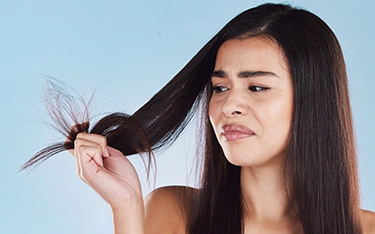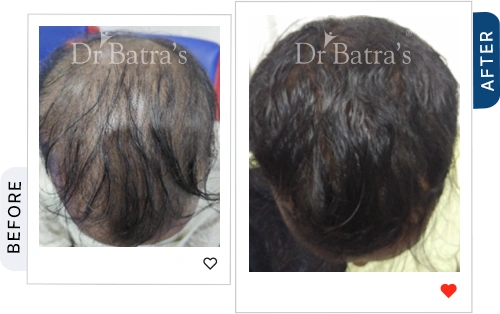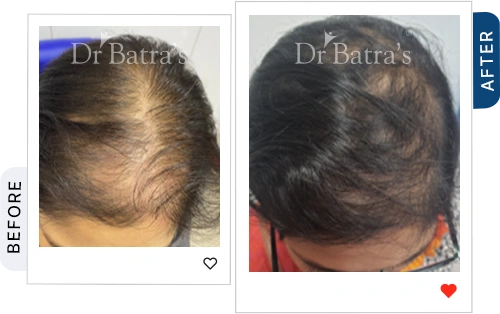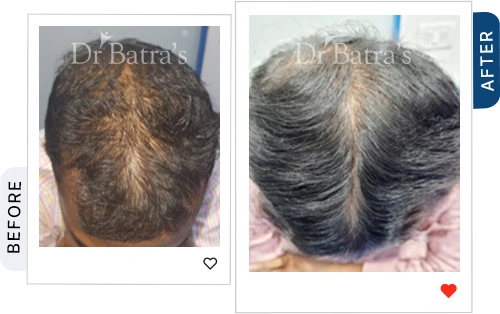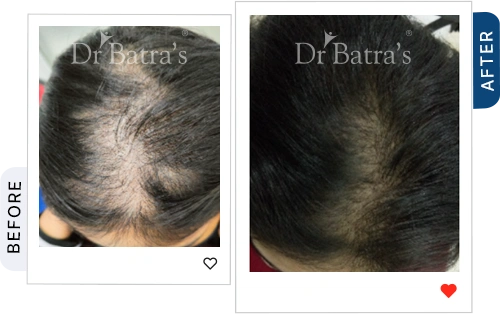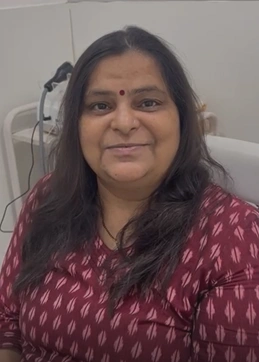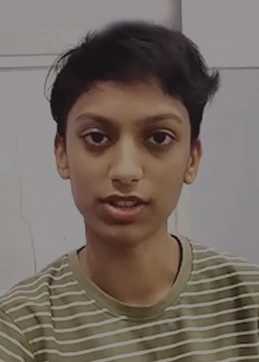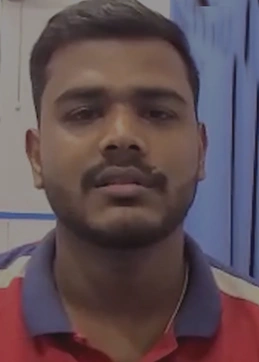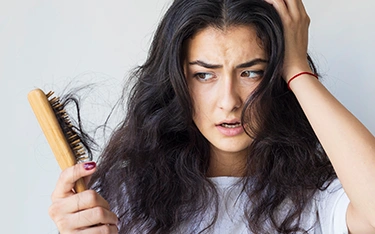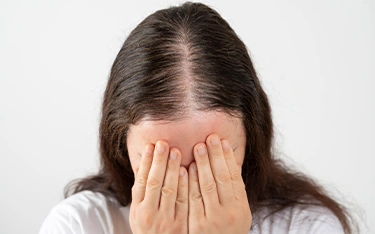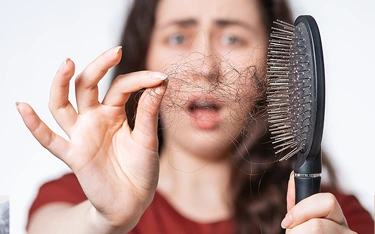Has your child been feeling anxious, withdrawn, or struggling at school? Are they constantly twirling or pulling out their hair? It could be more than just a habit, it might be Trichotillomania, a compulsive hair-pulling disorder triggered by stress, bullying, academic pressure, or social anxiety. Children often hide their struggles, especially when dealing with issues like cyberbullying or school stress. While hair-pulling might provide temporary relief, it can lead to visible hair loss, frustration, and low self-esteem. As parents, recognising the signs early can make a big difference in helping them cope in a healthy way.
In this blog, we’ll discuss:
- How stress, bullying, and anxiety contribute to hair-pulling
- Signs your child may be struggling in silence
- Safe and effective homeopathic treatments for lasting relief
- Practical ways to support your child emotionally and mentally
If you notice signs of stress-related hair loss in your child, early intervention is key. Let’s help them regain confidence and emotional well-being!
Do You Pull Out Your Hair When Stressed?
Many individuals with trichotillomania describe a build-up of tension and stress, which is temporarily relieved by pulling out hair. However, the act becomes compulsive and difficult to control, especially during moments of anxiety or frustration.
- Hair pulling often occurs subconsciously, without the person realising it.
- Triggers include emotional distress, boredom, frustration, or anxiety.
- Over time, this behavior can lead to bald patches, social withdrawal, and emotional distress.
Recognising these patterns early and seeking professional help can prevent further damage and improve mental well-being.
Signs & Symptoms of Trichotillomania
Below are the signs and symptoms of Trichotillomania
- Repeated pulling of hair from the scalp, eyebrows, eyelashes, or other body areas.
- Noticeable bald patches that may lead to embarrassment or attempts to cover up.
- Feelings of guilt, shame, or frustration after hair pulling.
- Tension before pulling hair and a sense of relief afterward.
- Avoiding social situations due to anxiety about visible hair loss.
- 7 Times More Common in Women Than Men – Studies show that women are significantly more affected by trichotillomania. Early intervention can help prevent the condition from worsening and improve coping mechanisms.
How Anxiety and Stress Contribute to Hair Pulling
Stress and anxiety are major triggers for trichotillomania. People experiencing chronic stress may develop hair-pulling habits as a coping mechanism.
- Emotional distress: Hair pulling is often used as a way to self-soothe or manage overwhelming emotions.
- Increased tension: The urge to pull hair intensifies during moments of high stress, fear, or frustration.
- Compulsive behavior loop: The temporary relief after pulling reinforces the cycle, making it difficult to stop.
Breaking this cycle requires emotional awareness, behavioral therapy, and holistic treatments like homeopathy.
Emotional and Psychological Effects of Trichotillomania
- Low Self-Esteem & Body Shaming- Hair loss can cause shame and self-doubt.
- Bullying & Cyber Bullying – Teasing and online harassment worsen stress.
- Anxiety & Depression – Guilt and frustration fuel emotional distress.
- Social Isolation – Many avoid social interactions due to appearance.
- Abusive Environment – Harsh criticism and emotional neglect trigger pulling.
- Family Conflicts & Divorce – Stress from family issues worsens the condition.
- Loss of Self-Control – A repetitive cycle of pulling and guilt.
- Daily Life Struggles – Affects school, work, and relationships.
Seeking professional support and developing coping strategies can help individuals manage emotional distress effectively.
How to stop trichotillomania or Hair Pulling Due to Anxiety?
Achieving a healthy coping method and finding the right support are key components of managing trichotillomania. What you can do to help your child or loved one who struggles with hair pulling:
- Spot the Triggers – Does it happen during homework stress, after a tough day at school, or when feeling lonely? Recognising patterns can help break the cycle.
- Keep Hands Busy – Swap hair pulling with fidget toys, textured blankets, or even doodling.
- Create a Relaxation Routine – Try deep breathing, listening to calming music, or guided meditation to ease stress before the urge strikes.
- Encourage Open Conversations – Guilt and shame can make things worse. Let them know they’re not alone and that support is available.
- Seek Professional Guidance – Safe, side-effect-free homeopathic treatments can help control compulsions and promote emotional well-being.
Homeopathy Treatment for Trichotillomania
Homeopathy provides a safe, side-effect-free solution for managing trichotillomania by addressing the root cause.
Dr Batra’s® pro tip:
Trichotillomania is a stress response, not just a habit. Identify triggers, practice relaxation, and seek early treatment. Homeopathy offers a safe, long-term solution for lasting relief!
